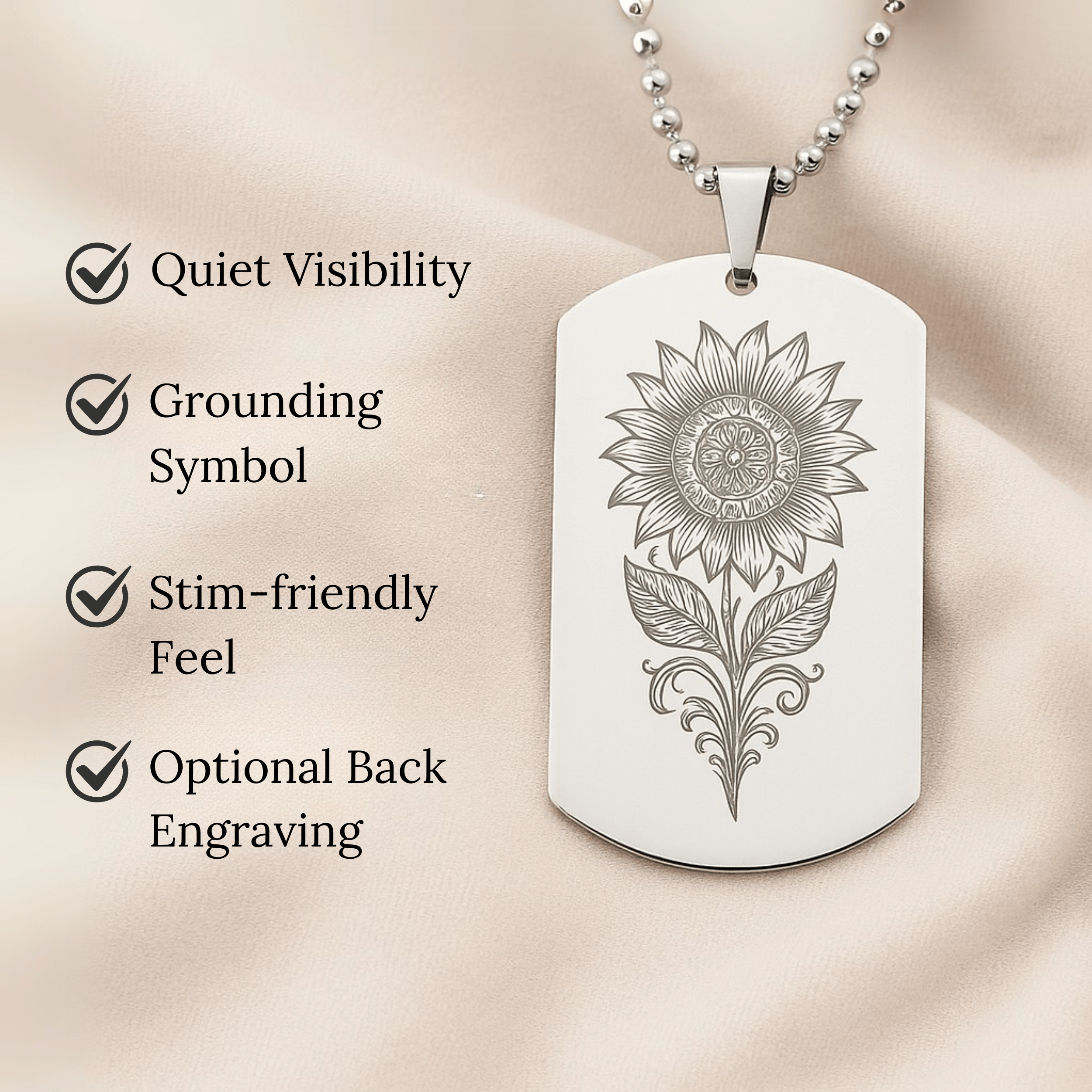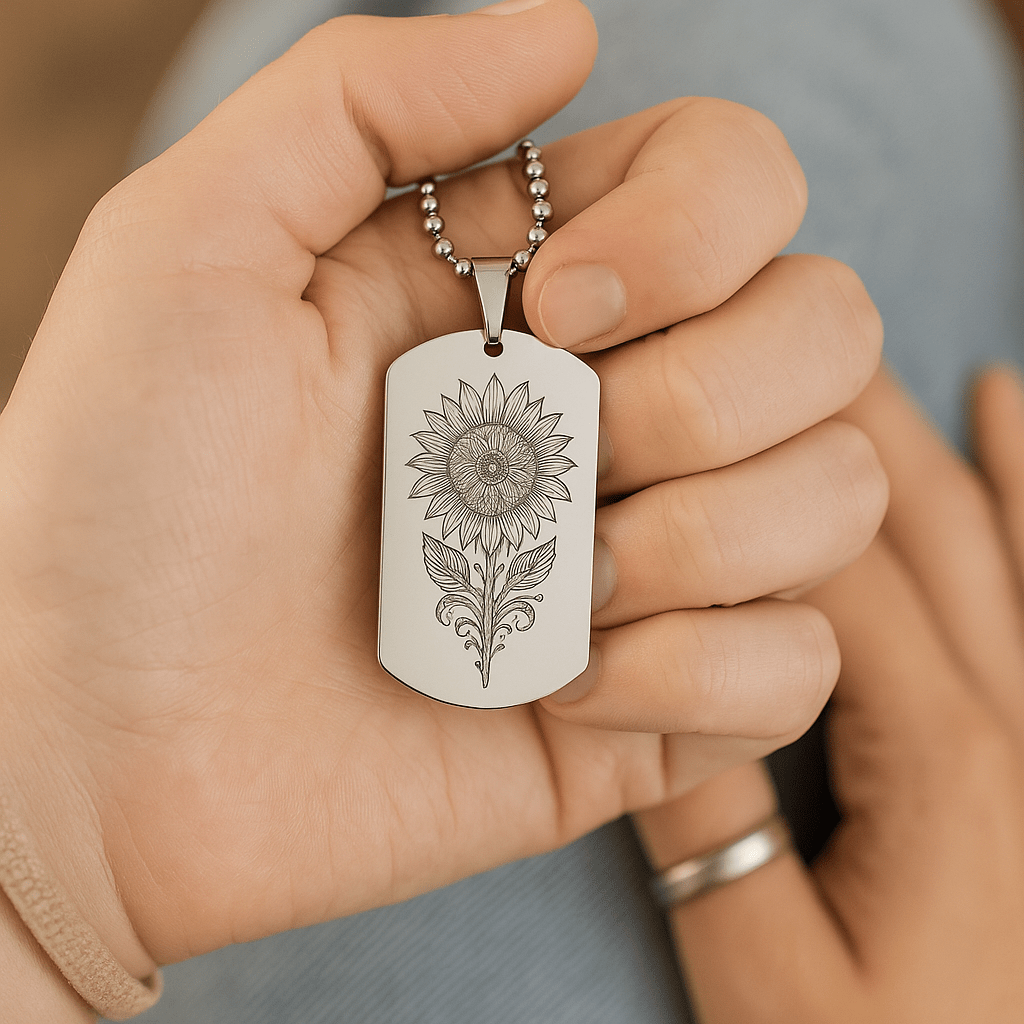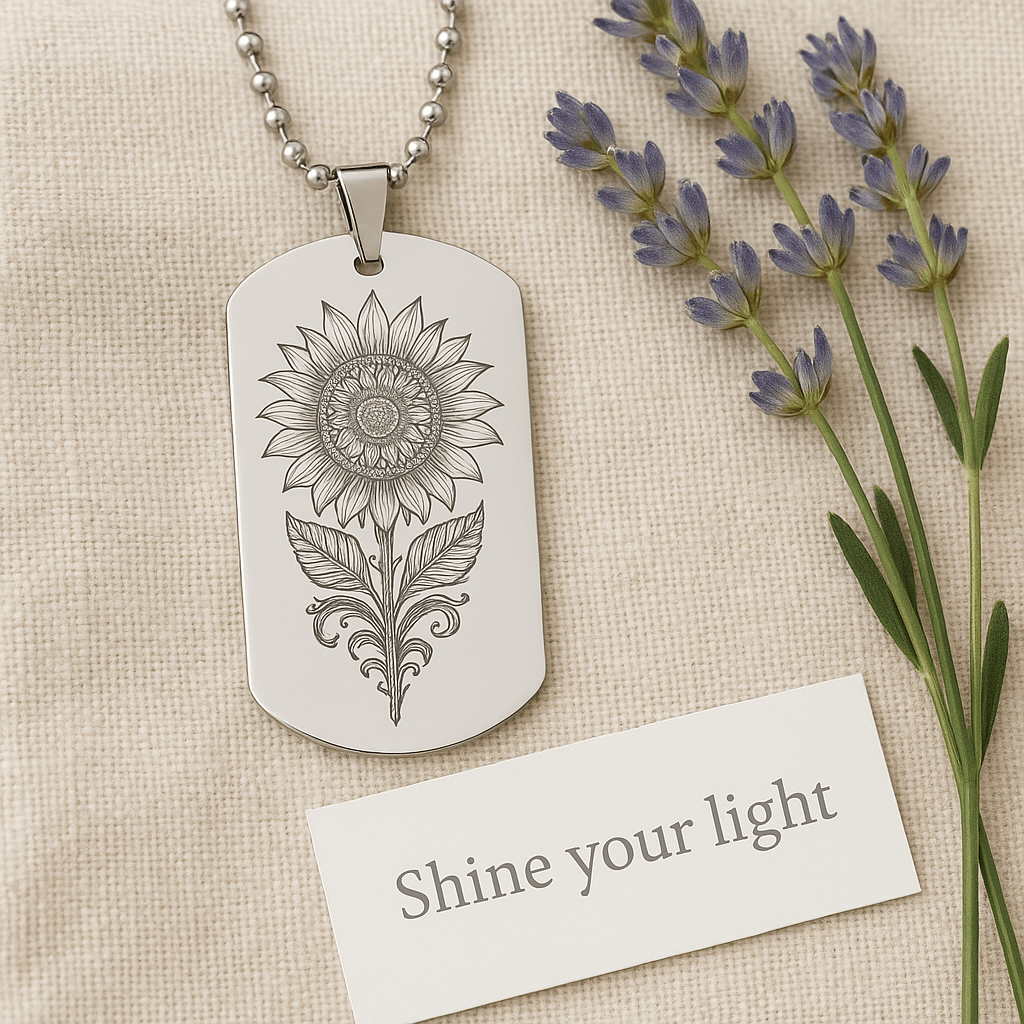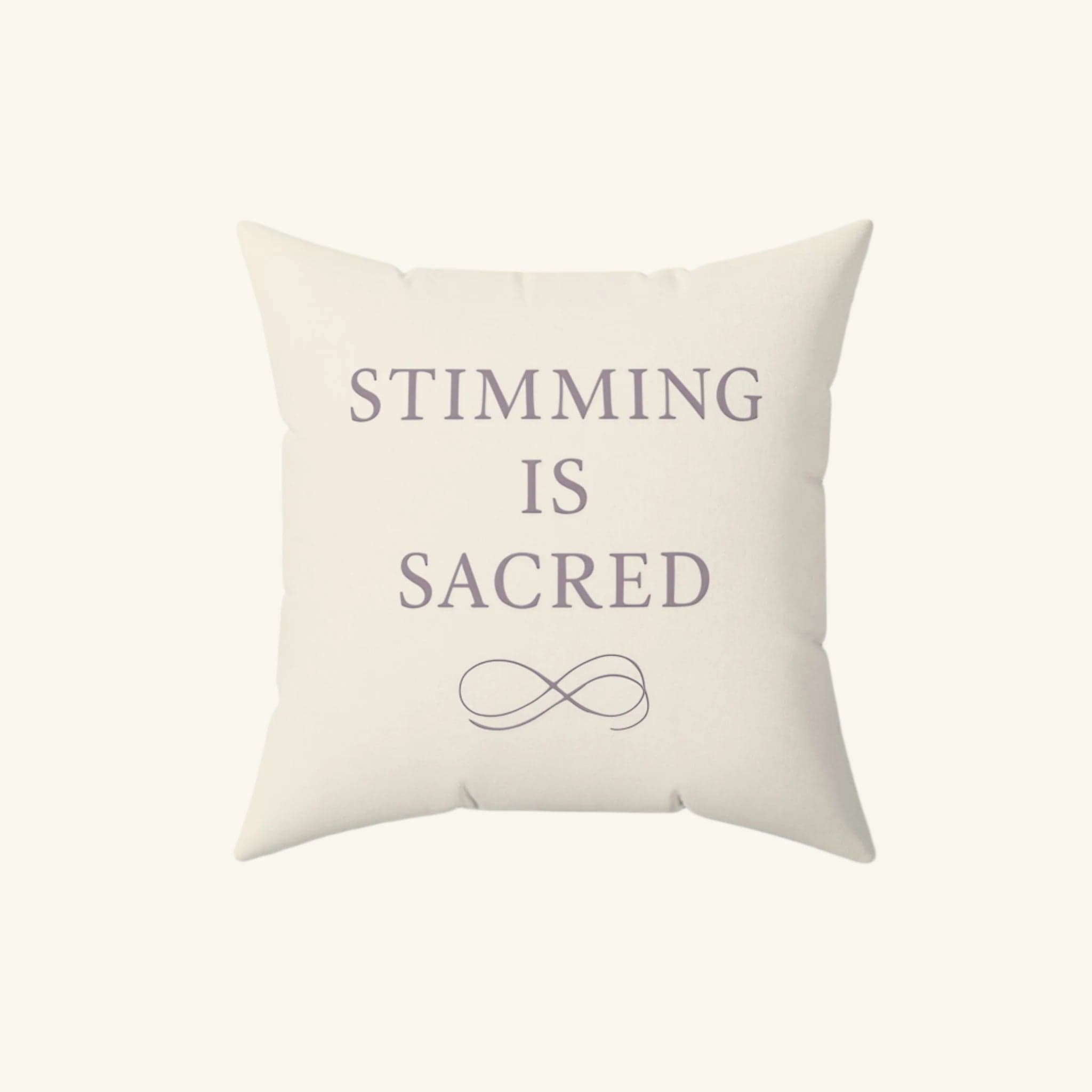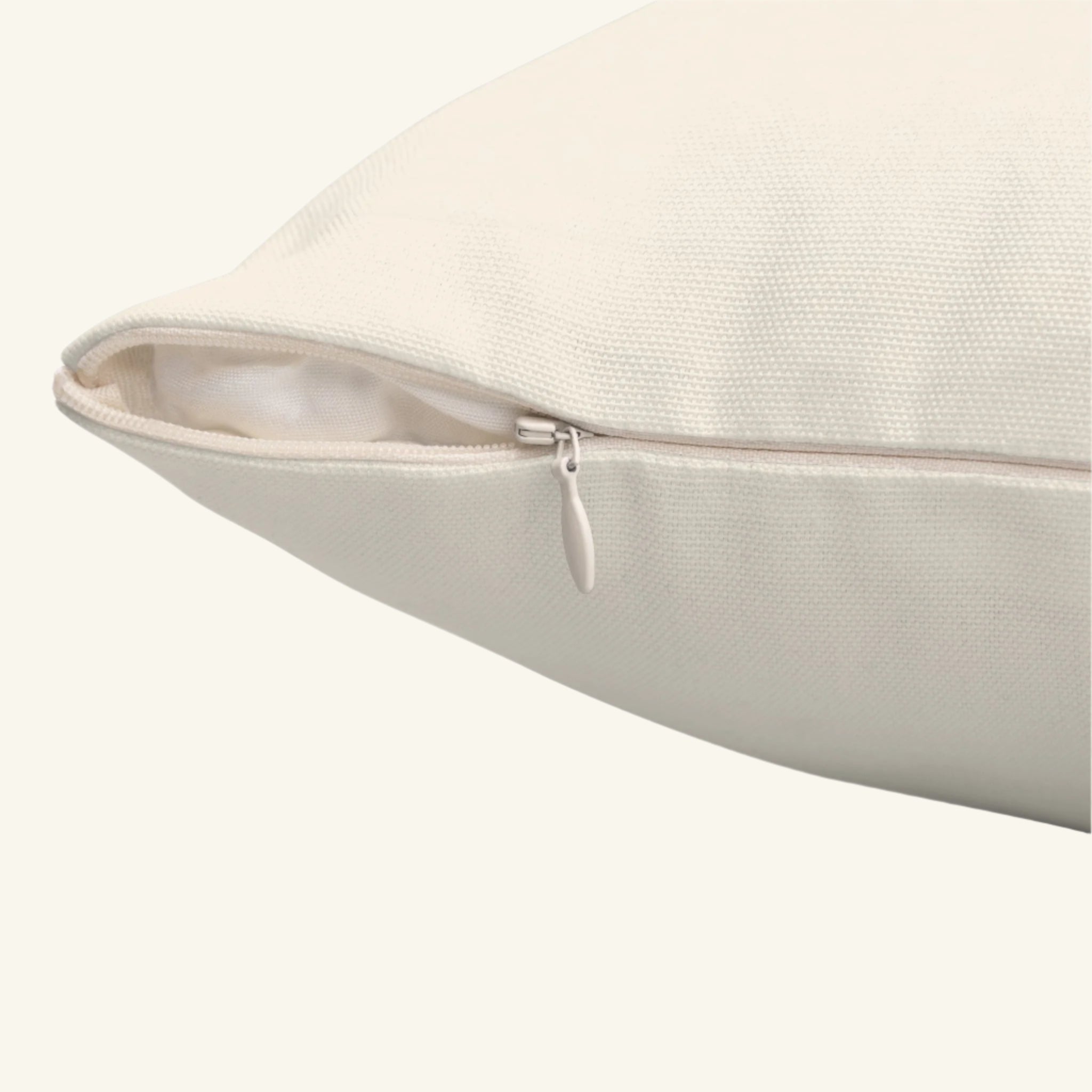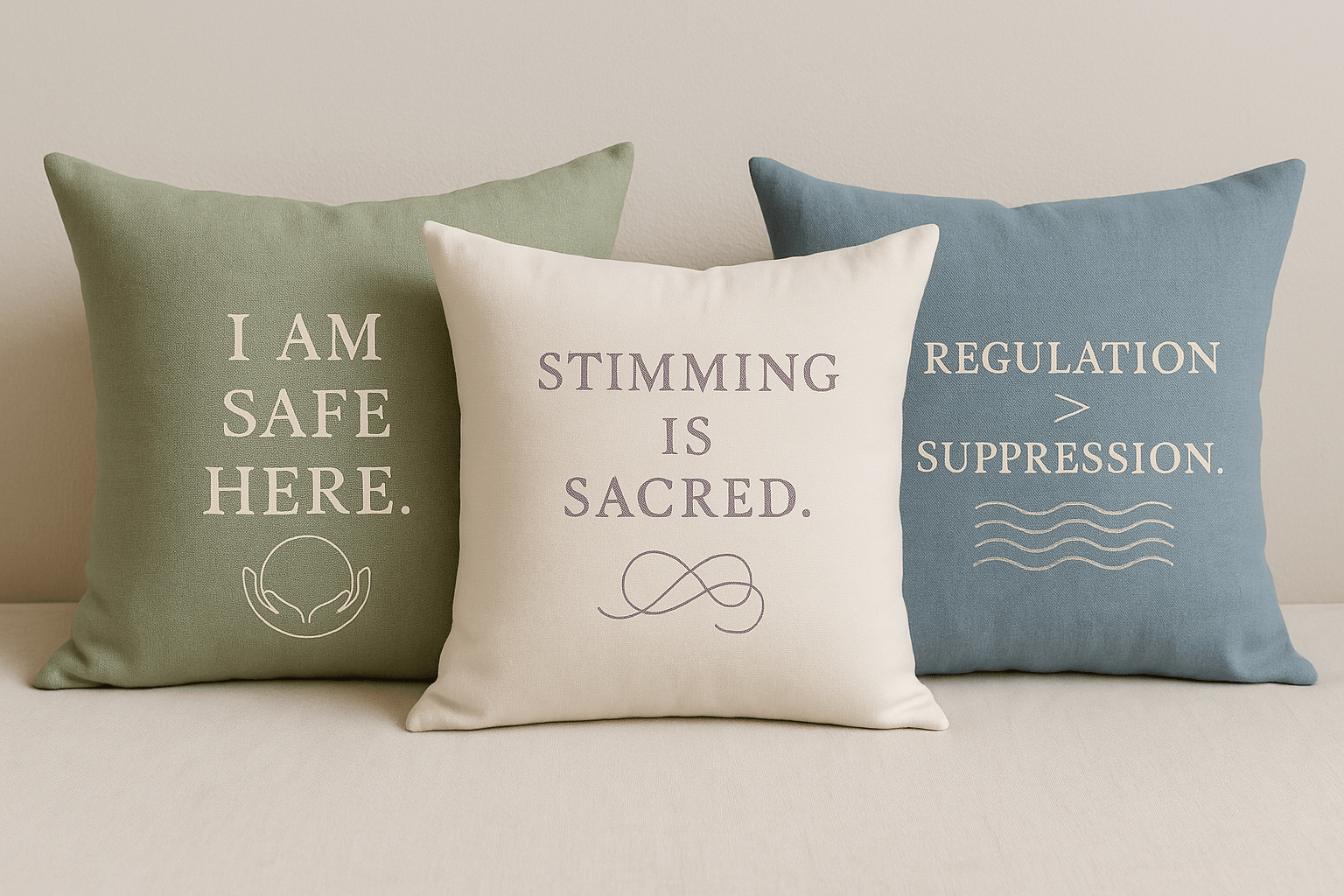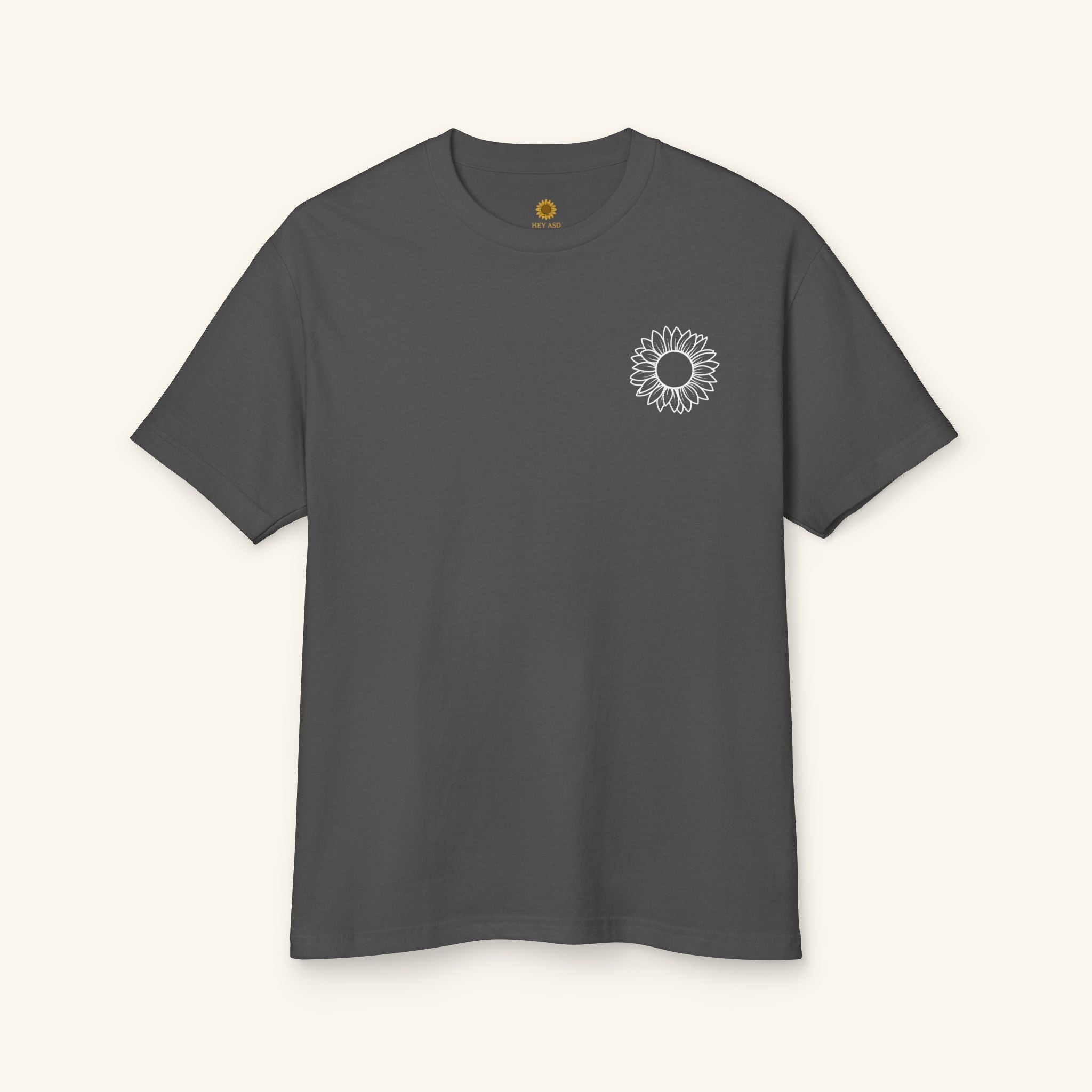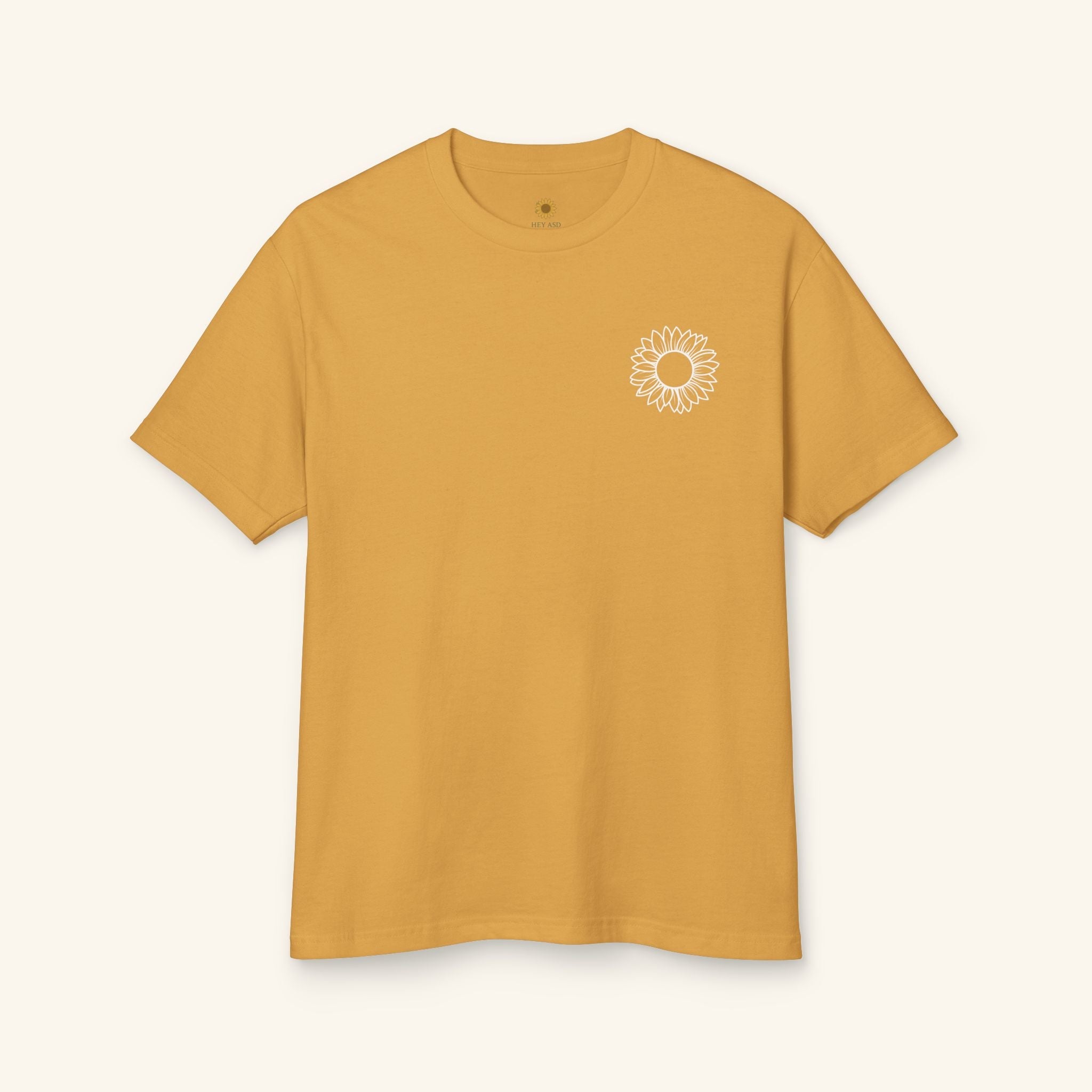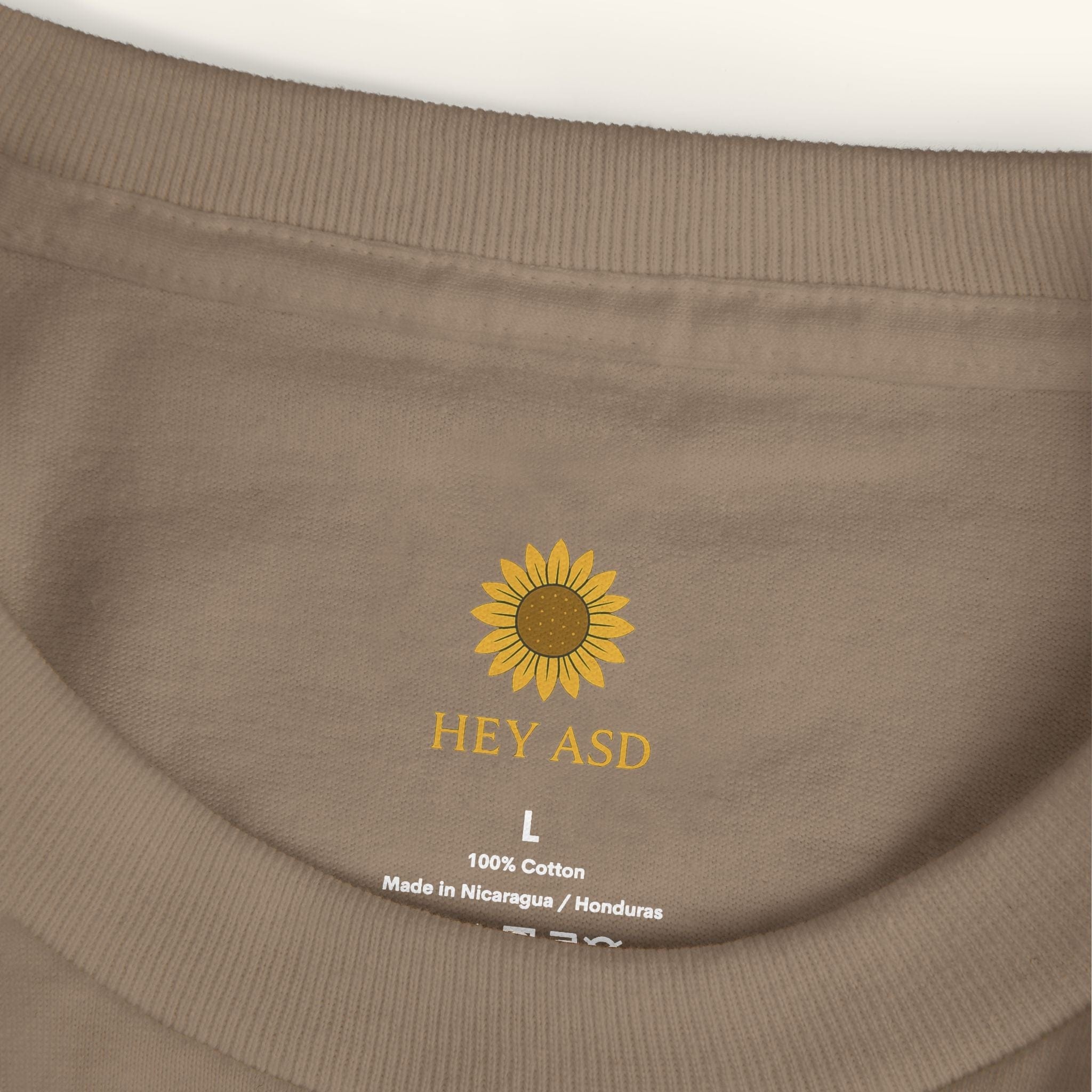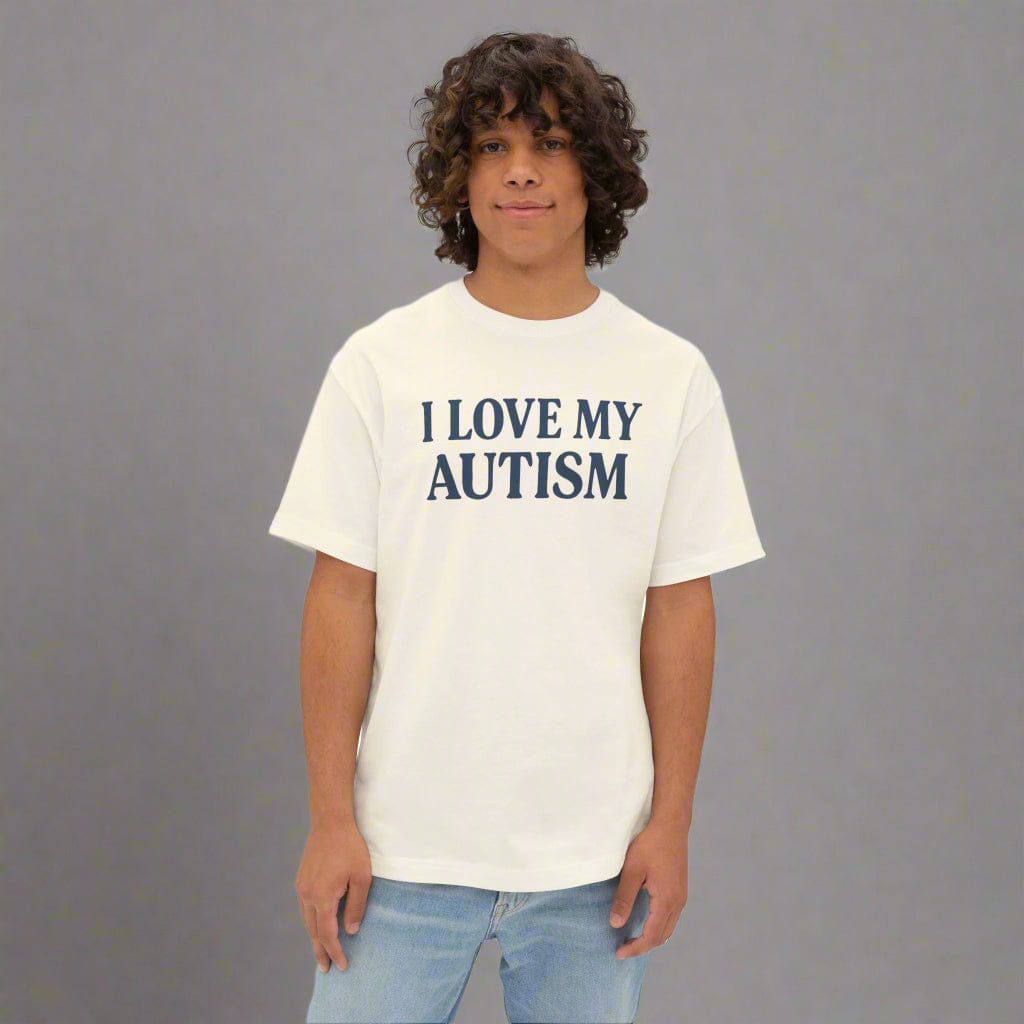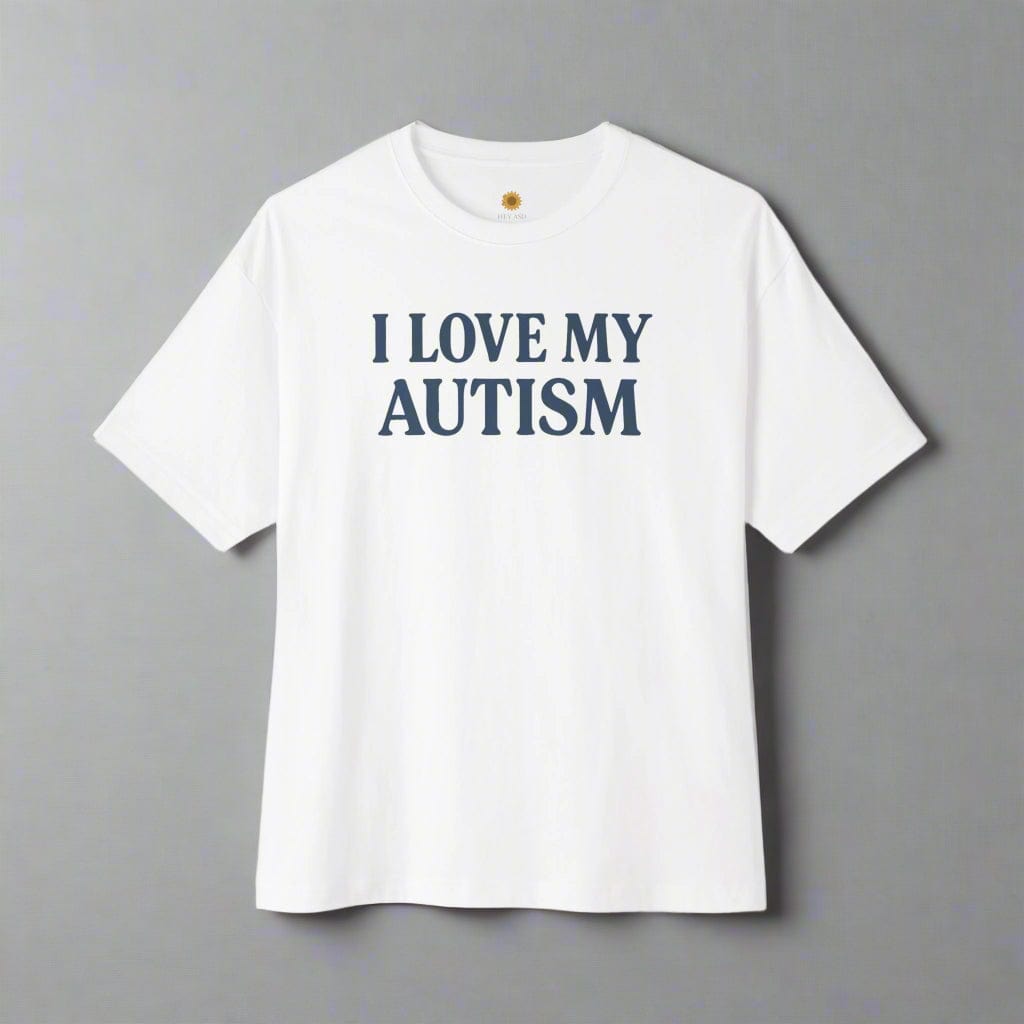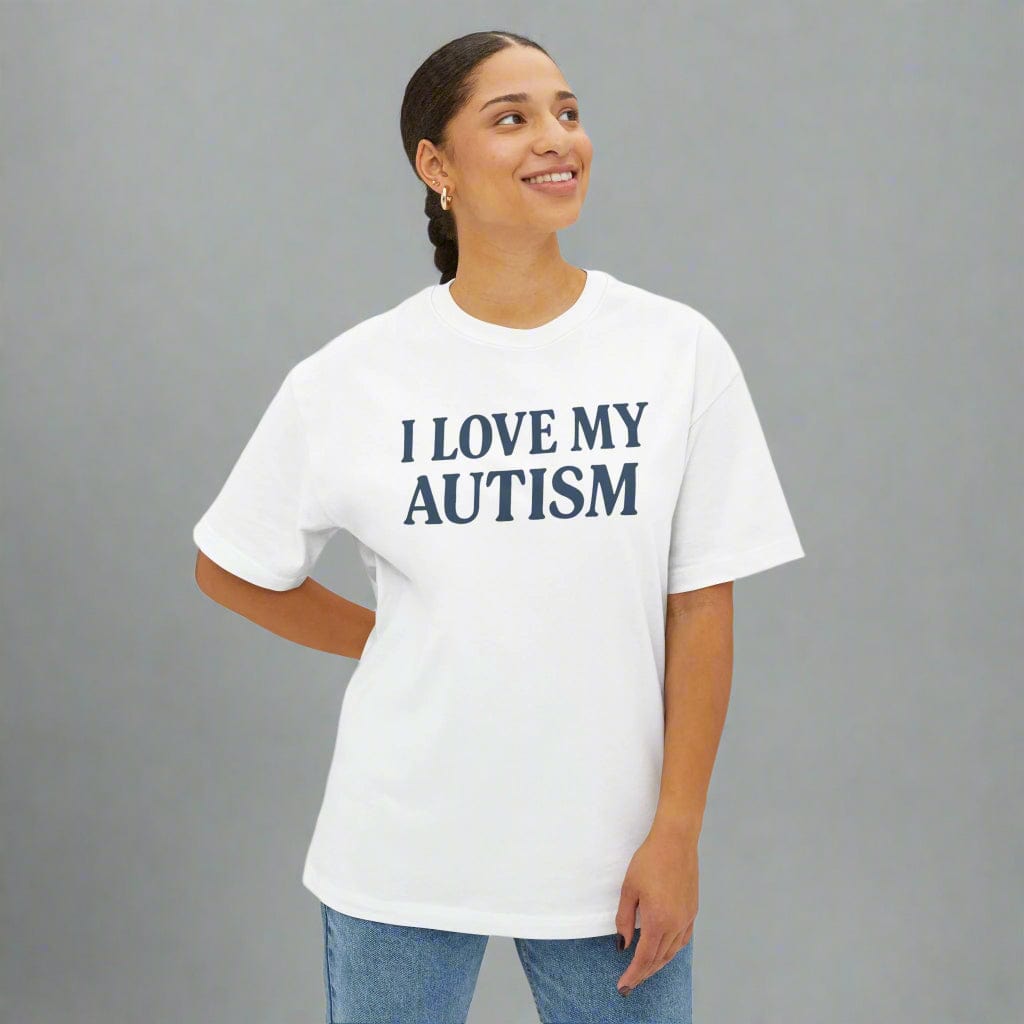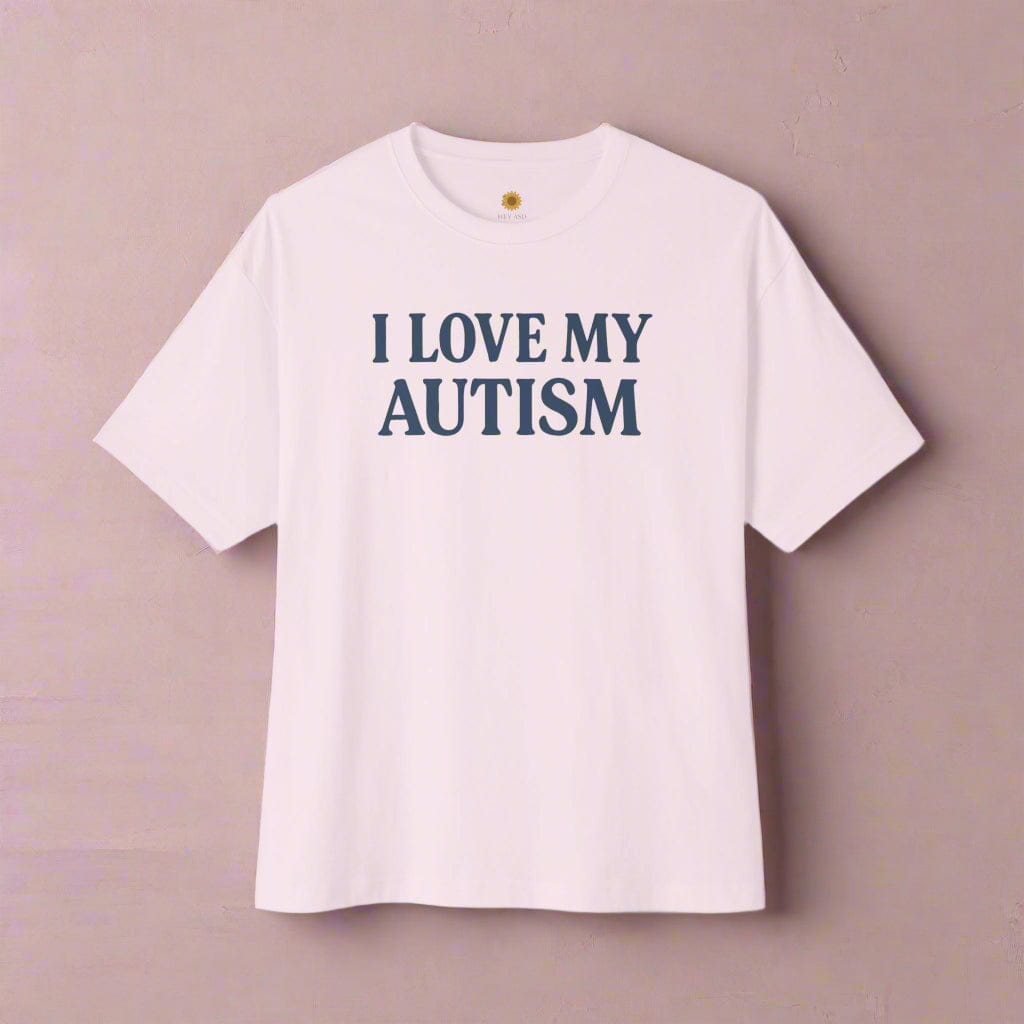Autistic Pebbling: The Meaning Behind This Beautiful Neurodivergent Love Language

Written by the HeyASD Editorial Team
Have you ever found a smooth stone, a unique leaf, or a funny meme and immediately thought of someone? For many autistic people, sharing these small treasures is a quiet but powerful act of care. This practice, known as autistic pebbling, is a neurodivergent love language that replaces complex social rituals with something simple, authentic, and deeply meaningful.
Autistic pebbling isn’t about the object itself—it’s about the connection it represents. Each pebble says, “I see you, and I was thinking of you,” without requiring words, eye contact, or grand gestures. It’s one of the many ways autistic people express affection and belonging in a world that often misunderstands how we communicate love.
Understanding Autistic Pebbling
Autistic pebbling is a term that has grown from the autistic community to describe a special way of showing affection. For neurodivergent individuals who may find typical social interactions draining, pebbling offers a heartfelt alternative. It bypasses complex social rules and focuses on genuine, shared moments.
This practice is one of the many unique ways autistic people connect and communicate. Exploring what it means, where it comes from, and how it differs from other behaviors can help build a deeper understanding and appreciation for this neurodivergent love language.
What Does Autistic Pebbling Mean?
Autistic pebbling, sometimes called penguin pebbling, is a neurodivergent love language. It is the act of giving someone a small, thoughtful gift to show you care about them. The gift itself isn't what matters most; it’s the thought and the connection behind it. It’s a way of saying, "This made me think of you," through a tangible object.
This practice is often spontaneous. You might be on a walk and find a pretty stone, see a meme that captures an inside joke, or hear a song and feel the urge to share it with a specific person. These small, shared items become symbols of your bond and affection.
For many autistic people, this form of communication feels more natural and less pressured than verbal expressions of love. It’s a simple act that carries deep meaning, helping to build and maintain relationships in a way that feels authentic and comfortable.
Origins and Community Perspectives
The term "penguin pebbling" gets its name from the rituals of Gentoo and Adélie penguins. These penguins search for the smoothest, most perfect pebbles to present to their potential mates. The pebble is a token of affection and a building block for their future nest, symbolizing commitment and care.
The autistic community embraced this concept because it beautifully captures a shared experience. Many autistic people instinctively show affection by offering small, meaningful items. Giving this behavior a name helped validate it as a legitimate and important form of communication.
It's considered a unique love language because it sidesteps the often confusing and overwhelming rules of neurotypical social interaction. Instead of relying on verbal cues or grand gestures, this neurodivergent love language is quiet, authentic, and deeply felt, just like a penguin offering its chosen pebble.
Difference Between Autistic Pebbling and Hoarding
Autistic pebbling is fundamentally different from hoarding. Hoarding is about the accumulation of items, often to the point that it disrupts living spaces, and is driven by a perceived need to save them. Pebbling, however, is about connection and exchange. The focus is not on keeping the object but on giving it to someone else to express care.
Unlike typical gift-giving, which is often tied to specific dates or social obligations like birthdays and holidays, pebbling is spontaneous. It is a heartfelt gesture that happens in the moment, free from social pressure. The value is in the emotional significance, not the material cost.
This is one of the unique ways autistic people build relationships. It is a form of support swapping, where the "support" is emotional and the "swap" is a small token that says, "I'm here, and I'm thinking of you." It’s an authentic act of friendship, not an obligation.
The Role of Comfort Objects in Autism Pebbling
The items shared through autistic pebbling are often more than just gifts; they are comfort objects. For many autistic people, tangible items with specific sensory qualities can be incredibly soothing and grounding. Given the common experience of sensory sensitivities, these objects play a vital role in wellbeing.
When neurodivergent individuals share these items, they are sharing a piece of their comfort and safety. Let's look at the types of objects people collect and understand why these small things can carry such significant weight.
Types of Autistic Comfort Objects People Collect
The "pebbles" in autistic pebbling can be anything that holds meaning. They are small gifts chosen for their sensory comfort, shared significance, or connection to a mutual interest. The object itself can be a small toy or something found in nature.
What matters is the thought behind the gesture. These items are chosen because they reminded the giver of the recipient, offering a moment of connection without the pressure of interpreting complex social cues.
Common examples of pebbles include:
-
A smooth stone or a pretty shell from a walk
-
A meme or link to a blog post about a shared interest
-
A photo of something you know they would love, like moss or a sunset
-
A doodle or small piece of handmade art
-
A curated playlist of songs
-
A favorite sticker or trinket
Why Small Things Hold Big Meaning
In a world that can feel loud and demanding, small things often hold the biggest meaning. For autistic people, a simple act like sharing a pebble is a powerful way to build meaningful connections. These thoughtful gestures are a love language that is direct, sincere, and free from confusing subtext.
The object becomes a symbol of a shared moment or an inside joke. It says, "I see you, I understand you, and I value our connection." It's a tangible piece of evidence that someone cares, which can be incredibly comforting and validating.
This is how many autistic people express affection. Instead of relying on words that might feel inadequate or overwhelming, they use these small, tangible offerings to convey deep emotions. It’s a quiet, intuitive way of strengthening bonds.
How Sensory Comfort Objects Support Wellbeing
Sensory comfort objects are vital for wellbeing. The world can be a source of overwhelming sensory input, leading to sensory overload. Having a small, manageable object to focus on can provide a sense of calm and control. This could be the smooth, cool feel of a stone, the specific weight of a trinket, or the visual appeal of a colorful object.
Holding or interacting with these items can be a form of grounding. Just as deep pressure from sensory blankets can calm the nervous system, focusing on the sensory properties of a small object can redirect attention away from overwhelming stimuli. This helps regulate the body and mind.
The act of giving or receiving these objects also provides positive reinforcement. It creates a positive social interaction that is low-demand and emotionally rewarding, boosting feelings of happiness and security. It’s a gentle way to connect that honors sensory needs.
Emotional Regulation and Grounding Techniques in Autism
Beyond being a form of communication, autistic pebbling is a powerful tool for emotional regulation. For many autistic people, the act of collecting, holding, and sharing small objects is a way to self-soothe and stay centered. It's a form of support swapping that benefits both the giver and the receiver.
These pebbles can be used as grounding techniques to manage stress and anxiety. Let's examine how this practice supports emotional wellbeing and helps navigate the challenges of daily life, especially during moments of distress or transition.
How Pebbling Supports Emotional Regulation Autism
The act of autistic pebbling directly supports emotional regulation. When you feel overwhelmed, focusing on a simple, pleasant task like finding a pretty rock or a unique leaf can shift your attention away from stressors. This positive behavior can interrupt a cycle of anxiety and bring you back to the present moment.
Sharing these autistic pebbles creates a supportive environment. It’s a low-pressure social interaction that fosters feelings of connection and belonging. Knowing that someone will appreciate your small gift can be incredibly validating and mood-boosting, helping to combat feelings of isolation.
Receiving a pebble can be just as regulating. It’s a tangible reminder that you are cared for, which can be a powerful anchor during times of emotional distress. This simple, positive exchange reinforces emotional bonds and contributes to overall mental wellbeing.
Grounding Techniques Autism: Using Small Objects
Small objects are excellent tools for grounding techniques. When you feel your thoughts spiraling or anxiety rising, you can hold your pebble and focus intently on its sensory input. Notice its weight in your hand, its temperature against your skin, and the details of its texture and shape. This practice pulls your focus away from internal distress and anchors you in the physical world.
This technique can be used anywhere, at any time. A small stone in your pocket or a piece of autism jewelry can be a discreet and accessible tool for self-regulation in public spaces. It's a way to manage overwhelming moments without drawing unwanted attention.
This method is similar in principle to body doubling, where the presence of another person helps you focus. In this case, the presence of the object provides a stable, predictable sensory anchor, helping you feel more in control and centered.
Managing Stress, Anxiety, and Transitions with Pebbling
Pebbling is a practical strategy for managing difficult emotional states and life changes. The simple ritual of giving or holding a pebble can be a powerful tool for emotional regulation, especially for autistic adults who may experience autistic burnout.
During transitions, which can be particularly stressful, having a small, constant object can provide a sense of stability. It’s a predictable anchor in an otherwise unpredictable situation. Sharing pebbles with family members can also strengthen your support system during these times.
Here’s how pebbling helps:
-
Reduces anxiety: Focusing on a tangible object grounds you in the present, calming anxious thoughts.
-
Manages stress: The low-demand social connection of sharing a pebble releases positive hormones.
-
Eases transitions: A familiar object provides comfort and predictability in new environments.
-
Builds social skills: It offers a simple, concrete way to practice initiating and reciprocating social connection.
Comparing Autistic Pebbling, Stimming, and Special Interests
Autistic pebbling is deeply intertwined with other common autistic experiences like stimming, special interests, and sensory seeking. While these behaviors can overlap, they each serve a distinct purpose. Understanding their similarities and differences can provide a clearer picture of the autistic experience.
Let's explore how pebbling relates to stimming objects, how it connects with special interests, and where it overlaps with sensory seeking behaviors and personal rituals. This helps to appreciate the rich and varied ways autistic people interact with the world.
How Pebbling Differs From Stimming Objects
While a "pebble" can certainly be used as a stimming object, the act of pebbling is different from the act of stimming. Stimming is a repetitive behavior that helps regulate sensory input and emotions. Pebbling, on the other hand, is primarily a form of communication.
The main distinction is intent. Stimming is focused inward, on an individual's own sensory and emotional needs. Pebbling is focused outward, on connecting with another person. It's about the exchange and the shared meaning.
An object can serve both functions. You might stim with a smooth stone to calm yourself, and then later give that same stone to a friend to show you care. The object is the same, but the action and its purpose are different.
|
Aspect |
Autistic Pebbling |
Stimming Objects |
|---|---|---|
|
Primary Purpose |
To express care and build connection with others. |
To self-regulate emotions and manage sensory input. |
|
Focus |
Outward, on the act of exchange and the recipient. |
Inward, on the individual's own sensory experience. |
|
Function |
A form of communication and a social gesture. |
A repetitive behavior for self-soothing and focus. |
Relationship to Special Interests Autism
Autistic pebbling is often closely linked to special interests. Many pebbles are objects related to either the giver's or the receiver's deep passions. For example, if you have a special interest in geology, you might gift a particularly interesting rock. If your friend loves frogs, you might send them a frog meme.
This is a beautiful way to share your joy and invite someone into your world. It creates a shared experience centered around something you love. This can lead to moments of monotropic flow, where you and your friend are both deeply engaged in a shared interest, strengthening your bond.
This behavior also connects to the concept of parallel play, where people connect by enjoying an activity alongside each other. Sharing a pebble related to a special interest is like extending an invitation for parallel appreciation, creating a comfortable and meaningful connection.
Overlaps With Sensory Seeking Behaviors and Autistic Rituals
Pebbling can overlap with both sensory seeking behaviors and the creation of autistic rituals. For many, the act of finding the perfect pebble is a sensory-rich experience. It can satisfy a need for specific textures, colors, or shapes.
Over time, the act to present pebbles can become a comforting and predictable ritual. Having a regular, low-demand way to show affection can be very grounding. These personal rituals provide structure and a sense of safety in social relationships, turning expressions of love into a source of stability.
The overlaps are clear:
-
Sensory Seeking: The hunt for pebbles can be a way to engage the senses in a pleasant way.
-
Routine: The habit of sharing pebbles can become a comforting daily or weekly ritual.
-
Predictability: Rituals provide a predictable way to maintain friendships, reducing social anxiety.
-
Joy: Both sensory seeking and rituals can be sources of autistic joy.
Everyday Examples and Expressions of Autism Pebbling
Autistic pebbling is not an abstract concept; it happens every day in friendships, families, and relationships. When neurodivergent people present pebbles, they are using their unique love language to build and maintain connections. These small gestures are woven into the fabric of their everyday relationships.
Recognizing these expressions is key to understanding and appreciating the different ways people show they care. Let's look at some real-life stories and explore how this practice shapes autistic identity and connection.
Stories of Pebbling in Friendships and Relationships
The beauty of pebbling lies in its everyday simplicity. Imagine a child who finds a shiny bottle cap on the playground and rushes to give it to their best friend. This isn't a random act; it's a declaration of friendship, a meaningful way to connect.
Consider a teenager who, after a difficult day, shares a special trinket with a parent. This gesture communicates love and gratitude without the need for a difficult conversation. These thoughtful gestures build stronger bonds based on mutual understanding.
In adult relationships, pebbling can be digital. An autistic adult might frequently send a friend links to articles, funny memes, or songs that made them think of them. Each link is a pebble, a small offering that says, "Our connection is important to me."
Expressing Affection, Care, and Connection Through Pebbles
Pebbling is one of the most authentic expressions of affection for many autistic people. It is a way to show care that bypasses the need to perform neurotypical social behaviors, which can feel draining and insincere. The focus is on the genuine feeling, not on following a social script.
These unique ways of connecting are powerful because they are direct. There are no hidden meanings or complex social cues to decipher. A pebble is a straightforward offering of love and connection. This clarity can be a relief in a social world that often feels ambiguous.
By using objects to communicate, autistic individuals can share their feelings in a way that feels safe and comfortable. It is a language of thoughtfulness, observation, and shared joy, allowing for deep and meaningful connections to form.
The Importance of Pebbling to Autistic Identity
Recognizing and celebrating autistic pebbling is crucial for affirming autistic identity. For too long, the unique ways autistic and other disabled people communicate have been misunderstood or dismissed. Framing pebbling as a valid and beautiful love language fights against this by honoring neurodivergent culture.
Embracing this practice aligns with the principles of learning that value authentic self-expression. It shows that there is more than one right way to connect with others. For many, pebbling is a valuable tool for building self-esteem and feeling pride in their autistic identity. It’s part of who they are, not a "quirk" to be fixed.
Validating pebbling is an act of acceptance. It tells autistic people that their way of being in the world is respected. This is vital for creating a community where everyone feels seen, understood, and celebrated.
Key Takeaways: Autistic Pebbling
- Autistic pebbling is a neurodivergent love language—sharing small items to express care and connection.
- It offers a comfortable, low-pressure way to communicate affection without relying on spoken words or social scripts.
- The objects often provide sensory comfort, supporting emotional regulation and grounding.
- Recognizing pebbling validates autistic culture and celebrates authentic self-expression.
Conclusion
Autistic pebbling is a beautiful example of how love and connection can take many forms. For autistic adults, this practice is not a quirk—it’s a reflection of emotional intelligence, sensory awareness, and genuine care. By celebrating pebbling as a valid love language, we affirm that there is no one right way to show affection.
These small gestures remind us that comfort, thoughtfulness, and authenticity are powerful forms of communication. When we recognize and value these expressions, we create a world that feels softer, safer, and more inclusive—for everyone.
Find Your Own Pebbles of Comfort
Discover sensory-friendly t-shirts, fidget jewelry, and cozy blankets—designed by and for autistic adults who understand the beauty of small comforts. Each piece is made to calm, connect, and comfort.
Explore CollectionFrequently Asked Questions
Is autistic pebbling unique to autistic people or seen in other neurodivergent groups?
While autistic pebbling is a term that resonates deeply within the autistic community, it is not exclusive. Many neurodivergent people use similar methods of showing affection through thoughtful, tangible gifts. However, it is most widely recognized and discussed as a key part of autistic culture and connection.
Are there misconceptions about autism pebbling and its purpose?
Yes, a common misconception is that the gifts are random, childish, or meaningless. This overlooks the deep emotional purpose behind the act. Autistic pebbling is a deliberate and significant neurodivergent love language, intended to show care and build connection, not a random or strange behavior.
How do therapists view the use of comfort objects and pebbling in autism?
Many neurodiversity-affirming therapists recognize pebbling and the use of comfort objects as valuable tools. In approaches like applied behavioral analysis (ABA), therapists can use pebbling to build rapport, reinforce positive connections, and create a supportive therapeutic environment that respects the client's natural communication style.
What is autistic pebbing and how does it benefit individuals on the autism spectrum?
Autistic pebbling is the act of giving small, meaningful gifts to express affection. For people on the autism spectrum, its benefits include building relationships without social pressure, supporting emotional regulation, and fostering a sense of connection and validation, which provides immense emotional support.
What role does sensory processing play in the experience of autistic pebbing?
Sensory processing is central to pebbling. The chosen objects often have pleasing sensory input, such as a smooth texture or specific weight, which can be grounding for autistic people. This connection to the senses helps with emotional regulation and contributes to overall wellbeing by providing comfort and predictability.
On This Page
Frequently asked questions
What is autistic pebbling?
Why do autistic people use pebbling to show affection?
How is autistic pebbling different from hoarding?
Can non-autistic people use pebbling too?
What kinds of objects are used in autistic pebbling?
How does pebbling support emotional regulation?
Is pebbling connected to autistic identity?
Can pebbling help reduce social anxiety?
How can friends or caregivers support autistic pebbling?

About the HeyASD Editorial Team
Autistic‑owned • Values‑led • Sensory‑friendly design
We are autistic creators, writers, and advocates dedicated to producing resources that are practical, sensory-aware, and grounded in lived experience. Our mission is to make information and products that support the autistic community accessible to everyone, without jargon or condescension. Learn more about our team.
This article is written from lived autistic experience and an evidence-aware perspective. It is for general informational purposes only and should not be taken as medical, legal or therapeutic advice.
Always consult a qualified clinician or occupational therapist for individual needs and circumstances.

About Our Autism Blog
HeyASD isn’t just a store, it’s a calm, supportive space created by and for autistic adults. Our blog shares sensory-friendly tips, identity-affirming stories, and heartfelt resources for navigating life as an autistic person. Whether you're late-diagnosed, exploring your needs, or supporting someone you love, you're welcome here.
Thank you for reading. We hope these resources bring comfort and clarity.













